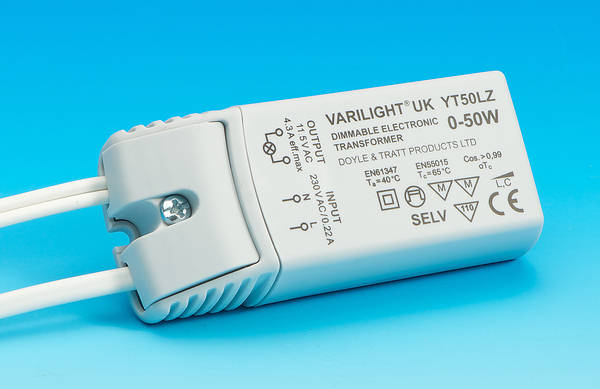A 12 volt strip light one would expect to be DC however it does not need to be supplied with ripple free DC it can be fed with a rectified supply directly from the transformer used to drop the voltage so the wave form could look like this
or it could look a lot worse with a full off period in the mark/space controlled output. The LED is a current device and it can handle a set amount of power before overheating, but as long as the RMS voltage is kept to 12 volt having 16 volt spikes does not really matter.
This means a cheap LED power supply be it either AC, or DC voltage regulated or current regulated can still cause RF interference. I note some do state interference free, which would hardly need stating if others were not interference free.
The problem is to find which are OK and which are not you need to read the data sheet, it is often not mentioned on the sales advert, so many once you read the data sheet limit the cable length to 2 or 3 meters which also includes the length of the strip. It really does not matter what label is on the device, transformer, driver, power supply, or electronic transformer until one reads the data sheet one can't really say, OK with some you can see it is a simple wire wound transformer so you know not really a RF problem, but even if you can see capacitors inside it does not mean it is a smooth output.
So some thing looking like this
is likely OK designed to work from zero output and with a smooth output, but with these bricks
when it says for LED lighting you really don't have a clue without a lot of reading which can have long output leads and which can't. In the main the strip LED lighting is only for decoration, often with a lumen per watt output little better than a tungsten lamp, 20 lumen per watt is common.





